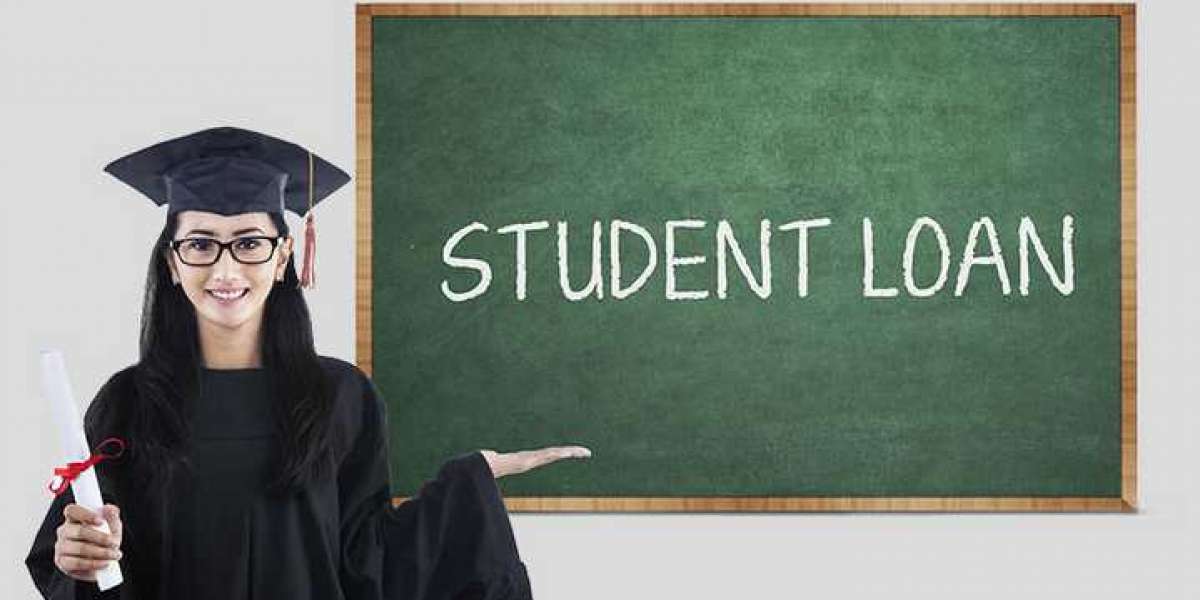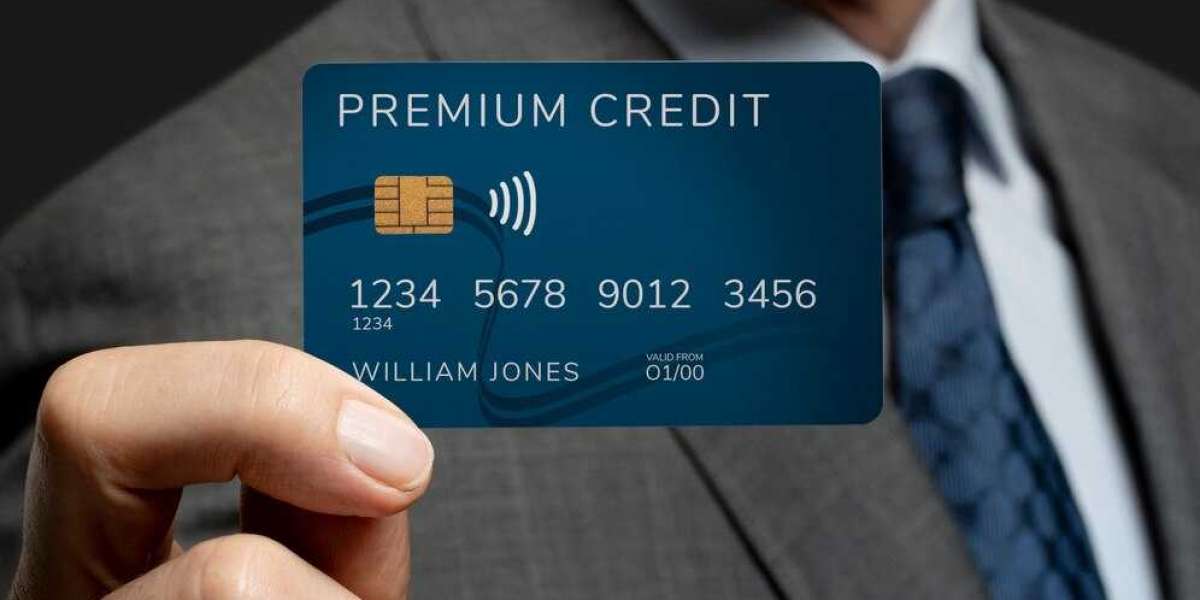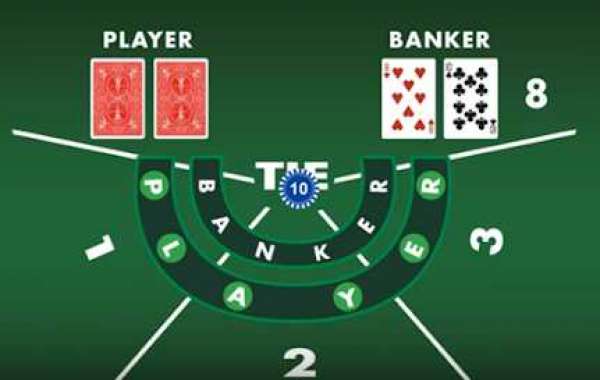Navigating the world of student loans can be a daunting experience for many borrowers, especially as they grapple with the financial burden of repaying their education debts. With the rising costs of tuition and the increasing number of graduates burdened by substantial loans, the topic of student loan forgiveness has gained significant attention. Understanding the intricacies of student loan forgiveness can empower borrowers to explore their options, potentially alleviating some of their financial stress. This article will delve into the essential aspects of student loan forgiveness, including eligibility criteria, types of forgiveness programs, the application process, and common misconceptions.
Understanding Student Loan Forgiveness
Student loan forgiveness refers to the cancellation of a borrower's remaining loan balance, either partially or fully, under specific conditions. This process is designed to provide relief to borrowers who meet certain eligibility requirements, thereby reducing the burden of repaying student loans. It is crucial to note that forgiveness programs primarily apply to federal student loans, although some private lenders may offer limited forgiveness options.
The need for student loan forgiveness programs arises from the growing concerns over student debt in the United States. According to recent statistics, student loan debt has reached over $1.7 trillion, affecting millions of borrowers. As a result, various forgiveness programs have been established to assist eligible individuals, particularly those in public service roles, low-income professions, or those facing financial hardship.
Types of Student Loan Forgiveness Programs
There are several types of student loan forgiveness programs available to borrowers, each with its unique criteria and benefits. Understanding these options is essential for individuals seeking relief from their student loans.
1. Public Service Loan Forgiveness (PSLF)
One of the most well-known forgiveness programs is the Public Service Loan Forgiveness (PSLF) program. This initiative is designed for individuals working full-time in qualifying public service jobs, such as government organizations, non-profit entities, and certain educational institutions. To qualify for PSLF, borrowers must:
- Make 120 qualifying monthly payments under a qualifying repayment plan.
- Be employed full-time by a qualifying employer during the repayment period.
- Have Direct Loans or consolidate other federal loans into a Direct Consolidation Loan.
Once borrowers meet these criteria, they may have their remaining loan balance forgiven.
2. Teacher Loan Forgiveness
The Teacher Loan Forgiveness program aims to encourage individuals to pursue careers in education by offering forgiveness to teachers who serve in low-income schools or educational service agencies. Eligible teachers can receive forgiveness of up to $17,500 on their Direct Subsidized and Unsubsidized Loans, provided they meet specific requirements:
- Teach full-time for five consecutive years at a qualifying low-income school.
- Have no outstanding balance on Direct Loans or FFEL Program loans as of October 1, 1998.
This program can be a valuable incentive for educators looking to make a difference in underserved communities.
3. Income-Driven Repayment (IDR) Forgiveness
Income-driven repayment plans are another avenue for student loan forgiveness. Under these plans, borrowers’ monthly payments are calculated based on their income and family size. After making payments for 20 or 25 years, depending on the plan, any remaining loan balance may be forgiven. The four main types of income-driven repayment plans include:
- Income-Based Repayment (IBR)
- Pay As You Earn (PAYE)
- Revised Pay As You Earn (REPAYE)
- Income-Contingent Repayment (ICR)
While IDR forgiveness can be beneficial for borrowers with low incomes, it is essential to note that the amount forgiven may be subject to taxation as income in the year it is forgiven.
4. Loan Forgiveness for Military Service Members
Members of the military may also qualify for student loan forgiveness through various programs. The Department of Defense offers the Military Student Loan Repayment Program, which can repay a portion of federal student loans for eligible service members. Additionally, certain military branches provide loan forgiveness for those who serve in critical positions or deploy to combat zones.
Eligibility Requirements for Student Loan Forgiveness
While numerous forgiveness programs exist, each has specific eligibility requirements that borrowers must meet. Understanding these requirements is crucial for those seeking forgiveness. Generally, eligibility criteria may include:
- Loan Type: Most forgiveness programs apply to federal student loans. Borrowers with private loans may need to explore other options, as private lenders typically do not offer forgiveness programs.
- Employment Status: Many forgiveness programs require borrowers to work in specific sectors or occupations, such as public service or education.
- Repayment History: Borrowers must often demonstrate a history of making on-time payments under qualifying repayment plans.
- Duration of Service: Some programs necessitate a minimum period of service, such as teaching for a certain number of years or working in public service roles.
The Application Process for Student Loan Forgiveness
Navigating the application process for student loan forgiveness can seem overwhelming, but understanding the steps involved can simplify the experience. Here’s a general outline of the process:
1. Determine Eligibility
Borrowers should begin by assessing their eligibility for various forgiveness programs based on their loan type, employment, and repayment history. Researching the specific criteria for each program can help identify the best fit.
2. Gather Documentation
Once eligibility is established, borrowers should gather the necessary documentation to support their applications. This may include:
- Employment verification letters
- Payment history records
- Tax returns or income documentation
- Loan statements and account information
Having organized documentation will streamline the application process and reduce the likelihood of delays.
3. Complete the Application
Most forgiveness programs require borrowers to submit a formal application. This may include filling out specific forms or providing information through the loan servicer’s portal. The application process may vary depending on the forgiveness program, so borrowers should carefully follow the outlined instructions.
4. Monitor Progress
After submitting the application, borrowers should monitor their loan servicer’s communications for updates regarding their forgiveness status. This may involve tracking the progress of their application and ensuring that any additional information requested is provided promptly.
Common Misconceptions About Student Loan Forgiveness
Despite the growing awareness of student loan forgiveness, several misconceptions persist that can lead to confusion among borrowers. Addressing these misconceptions is essential for ensuring that individuals have accurate information regarding their options.
1. Forgiveness is Automatic
One common misconception is that student loan forgiveness is automatic after a certain period of repayment. In reality, borrowers must actively apply for forgiveness and meet specific eligibility criteria to have their loans forgiven.
2. All Loans Qualify for Forgiveness
Another misconception is that all student loans qualify for forgiveness. While federal loans are generally eligible, private loans typically do not offer forgiveness options. Borrowers with private loans should explore alternative repayment or refinancing options.
3. Forgiveness is Tax-Free
Many borrowers believe that any amount forgiven will be tax-free. However, depending on the forgiveness program, the amount forgiven may be subject to income tax in the year it is granted. It is crucial for borrowers to understand the potential tax implications of forgiveness.
Conclusion
In conclusion, understanding student loan forgiveness is essential for borrowers seeking relief from their educational debts. With various programs available, borrowers have the opportunity to alleviate some of the financial burdens associated with student loans. By assessing eligibility, gathering necessary documentation, and navigating the application process, individuals can take proactive steps toward securing forgiveness.
For those looking to explore their options or seeking personalized assistance regarding student loans, River City Federal Credit Union is here to help. With their commitment to providing valuable financial services and support, they can guide borrowers through the complexities of student loan forgiveness. Take control of your financial future today—connect with River City Federal Credit Union to learn more about how they can assist you on your path to financial freedom.






